The analemma represents the figure drawn in the sky by the various positions of the Sun raised at the same hour of (KEPT SILENT) universal time and since the same place during calendar year.
The shape of the analemma depends on an hour. At around midday premises, the shape of eight is almost vertical with regard to the meridian.
At an another hour of the day eight is tilted to the left, the morning or to the right, the afternoon. On Earth, the analemma has a shape of "8", but on Mars it has the shape of a "droplet".
Every day at the same moment, a photo of the sky with the position of the visible Sun, would show that the sun does not still stay in the same position. The figure in the form of "8" which the Sun draws every day in the sky during one year, is called an analemma. These fluctuations are due to the fact that the movement of the Earth around the Sun is neither completely circular nor completely uniform.
The visible movement of the Sun is caused at the same moment by the movement of the Earth around the Sun and by the slope of the axis of rotation of our planet. The Sun is at the top of the analemma in the summer solstice, it is at the bottom of the analemma in the winter solstice. The winter, the Sun is very close to the horizon and in summer it is very high in the sky. According to the latitude since which analemmas is realized, they present light differences, quite as those taken at different o'clock every day. The analemma of the Sun is to be moved closer to the equation of time. | | The solar time or the true time is the time calculated on the solar noon when the sun reaches its highlight in the sky, in a place given by the Earth.
This time is based on the visible solar day, which is the duration between two successive returns of the sun in the local meridian.
This duration varies all year round because of the slope of the axis of the Earth with regard to the plan of the ecliptic and the eccentricity of its orbit.
The equation of time translates the distance, variable during the year, existing between average solar time and the true solar time.
It is the difference between the hour indicated by a clock, that is the average solar time, and that indicated by a sundial, the true solar time.
The hour indicated by the clock during the year can be 14 min 14 ahead of that indicated by a sundial at the beginning of the year and until 16 min 33 late in autumn.
This analemma was elaborated from 46 images different from the Sun taken in 2003 in Athens, in Greece.
In the foreground of this mosaic, the famous portico of the Caryatids of the temple of Erechtheion the works of which were finished in 407 BC.
Credit: Anthony Ayiomamitis | |  |
It's December 21st place on the winter solstice in the northern hemisphere marking the first day of winter and symmetrically on the first day of summer in the southern hemisphere. At that time, the Sun describes its shortest path from the year above the horizon, its variation is lowest in the sky.
This means that the length of daylight between sunrise and sunset is at the December solstice, the shortest of the year.
NB: The solstice is an astronomical event that occurs when the apparent position of the Sun seen from Earth reaches its extreme northern or southern. There are two solstices in the year to 20 or June 21, and about 21 or December 22. | | Image: Trajectory of the winter sun in the northern hemisphere during the December solstice. It is his shortest path from the year above the horizon, its variation is lowest in the sky.
Image of December 2005 over the Tyrrhenian coast from Santa Severa in Fiumicino, Italy.
The image covers an area of 115 °. It took 43 individual frames to capture the sun's path throughout the day.
Credit & Copyright: Danilo Pivato | | 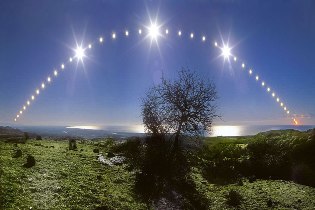 |
 Automatic translation
Automatic translation




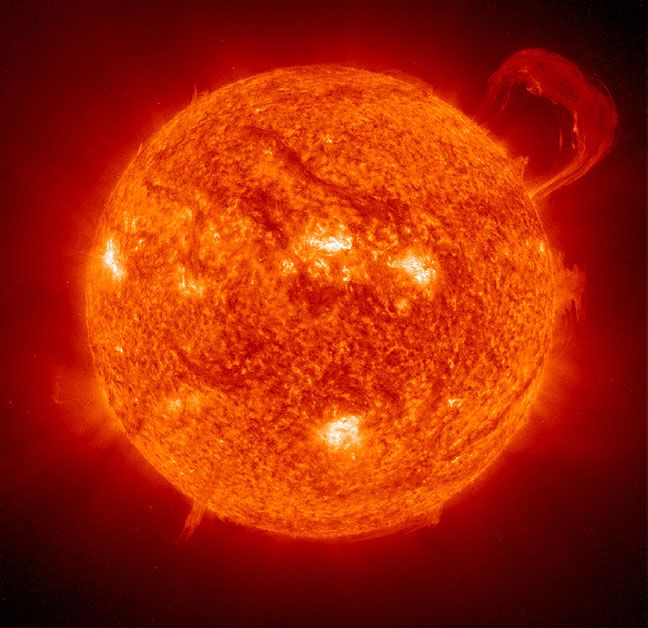 How to weigh the sun?
How to weigh the sun?
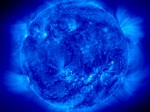 The spicules of the Blue Sun
The spicules of the Blue Sun
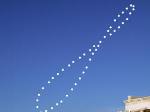 Explanation of the 8 of the analemma
Explanation of the 8 of the analemma
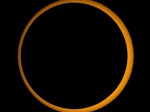 Superb annular eclipse of 2010
Superb annular eclipse of 2010
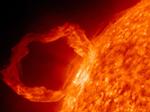 The ring of fire from March 2010
The ring of fire from March 2010
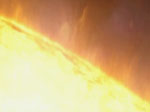 The gigantic power of the Sun
The gigantic power of the Sun
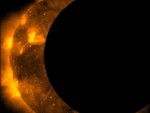 Our satellites also observe eclipses
Our satellites also observe eclipses
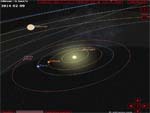 Simulator, the revolution of the planets around the Sun
Simulator, the revolution of the planets around the Sun
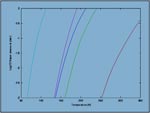 The solar system ice line
The solar system ice line
 Tourist trip in the solar system
Tourist trip in the solar system
 Finally the return of sunspots in 2010
Finally the return of sunspots in 2010
 Solar pillar, a link between sky and earth
Solar pillar, a link between sky and earth
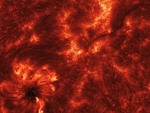 The infernal journey of the photon or random walk
The infernal journey of the photon or random walk
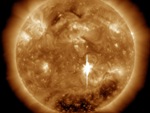 The most violent solar flares
The most violent solar flares
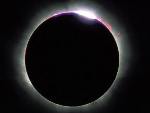 Baily grains in a solar eclipse
Baily grains in a solar eclipse
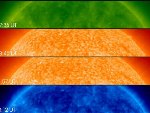 2003 transit of Mercury in front of the Sun
2003 transit of Mercury in front of the Sun
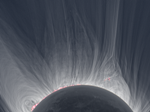 The Sun is a yellow dwarf star
The Sun is a yellow dwarf star
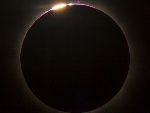 Grains of Baily or pearls of light
Grains of Baily or pearls of light
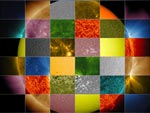 Sunlight and wavelengths
Sunlight and wavelengths
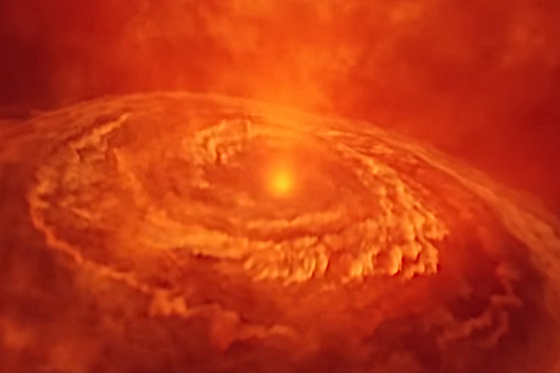 The chaotic formation of the solar system
The chaotic formation of the solar system
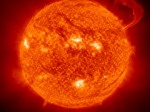 The perfect solar storm
The perfect solar storm
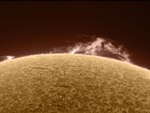 Coronal mass ejections
Coronal mass ejections
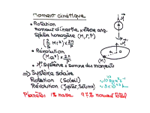 The Sun's angular momentum paradox
The Sun's angular momentum paradox
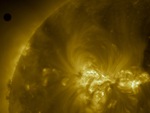 Transit of the planet Venus on June 6, 2012
Transit of the planet Venus on June 6, 2012
 Transit of the Moon in front of the Sun seen from space in 2007
Transit of the Moon in front of the Sun seen from space in 2007
 Video of solar winds in space
Video of solar winds in space
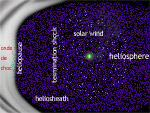 The last frontier
The last frontier